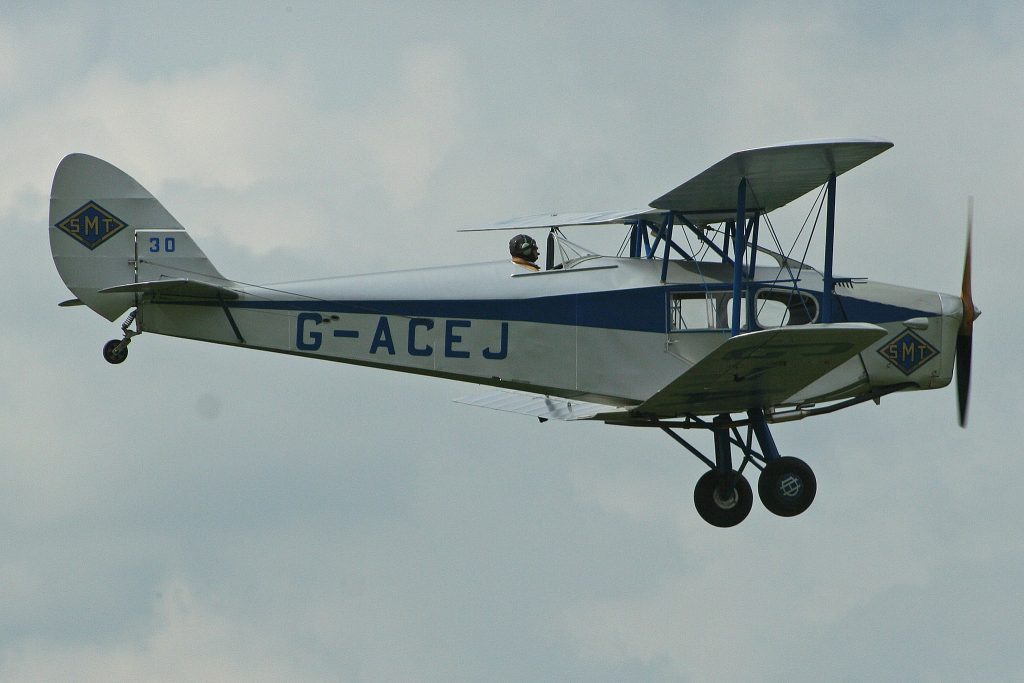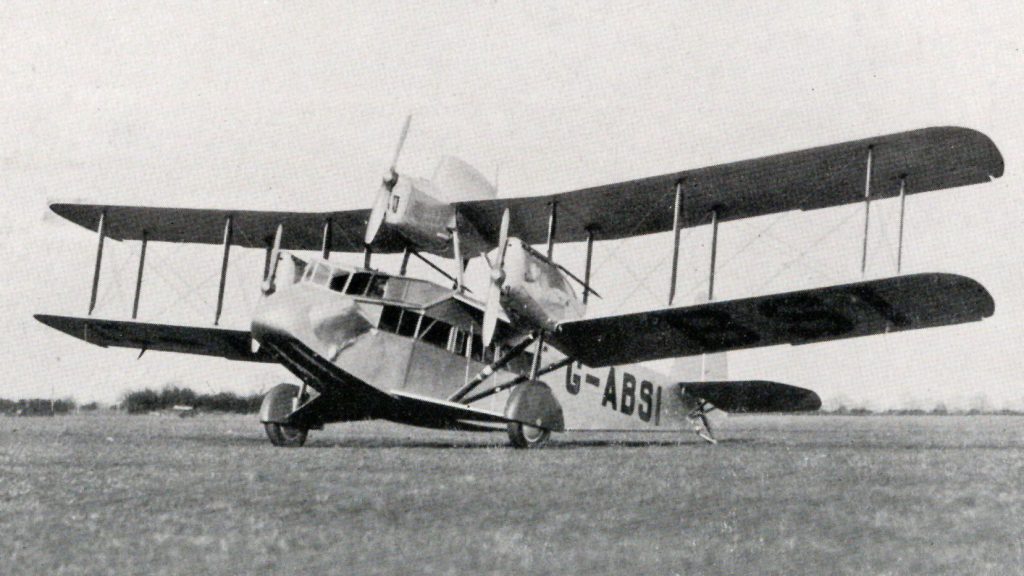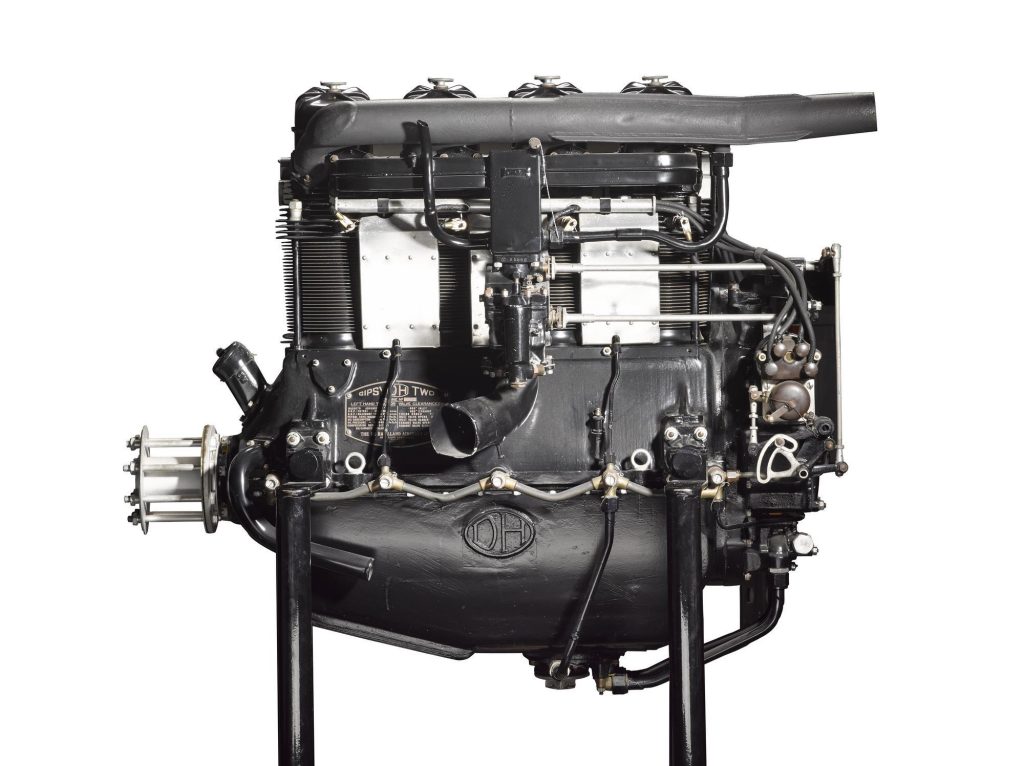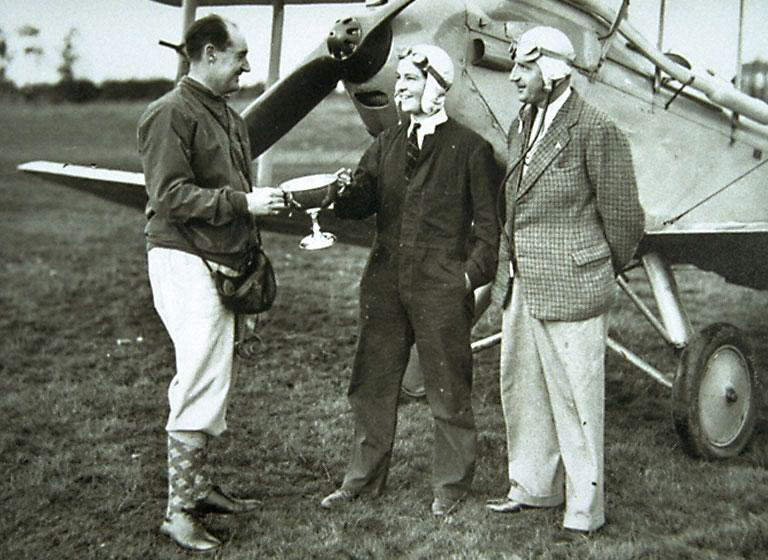Scotswoman Winnie Drinkwater was not only the world’s first woman airline pilot but was also Scotland’s first woman to be a licensed aircraft engineer. Her achievements in the fledging aviation industry are even more remarkable since she made important inroads in a field with very few women. On the 100th anniversary of her birth, Ian Brown, Assistant Curator of Aviation, introduces this remarkable Scottish aviation pioneer
At 04:30 on 11 April 1913, at Waterfoot House, Busby, East Renfrewshire, Emma Drinkwater gave birth to a daughter, Winifred Joyce. Emma’s husband, Albert Francis Drinkwater was a manager with the British Oxygen Company (BOC) and it appears that his love of engineering was transferred to his daughter Winifred, or ‘Winnie’.
At the age of seventeen, Winnie Drinkwater started taking flying lessons at the Scottish Flying Club at Renfrew Airport. She first flew in a de Havilland DH60G Moth for 30 minutes on 2 June 1930 receiving a demonstration of the controls. She made many more flights throughout June and July before going solo in DH Moth registration G-ABAL on 11 July 1930, and receiving her pilot’s licence, number 2850, known as an ‘A’ licence. Many of her flights whilst learning to fly were under the instruction of John C Houston, the Chief Instructor at the Scottish Flying Club. He described Winnie as one of his most accomplished pupils.
Following this, Winnie studied for her engineering licence, which she received in 1932 at the age of 19, even though officially the minimum age to qualify for the aircraft engineer licence was 21. Winnie thus became Scotland’s first woman to be a licensed aircraft engineer.

Simultaneously, Winnie was also studying for her commercial pilot’s licence, known as a ‘B’ licence, which she completed in Moth G-EBTD on 9 May 1932 at Lympne Airport in Kent. On 1 March 1933, Winnie started work as a commercial airline pilot and engineer with Midland and Scottish Air Ferries, based at Renfrew Airport. The airline was first registered on 10 March 1932 in Edinburgh but did not start scheduled services until 18 April 1933. Thus, Winnie joined the airline in its very early days and on 8 April 1933 qualified (or ‘had her licence endorsed’) to fly the de Havilland DH83 Fox Moth.
Her first revenue flight for the airline was on 16 April, two days before the start of scheduled services, when she gave joyriding flights for passengers at Prestwick in Fox Moth, registration G-ACCT. Winnie thus became the world’s first woman to be a commercial airline pilot, a huge achievement for a young Scot from a small village in rural Renfrewshire. See a film featuring Winnie Drinkwater, taken in 1933 of preparations for a flight to Ireland by Midland & Scottish Air Ferries from Renfrew Airport.
Winnie began flying scheduled services with a flight from Renfrew to Campbeltown on 27 April 1933, flying Fox Moth G-ACBZ. The flight lasted 1 hour 35 minutes, and was the beginning of many scheduled and charter flights that Winnie made. To begin with, she was paid £3 10s per week for flying, whereas the men pilots were paid £4. Her father encouraged her to speak to John Sword, the founder and Director of the airline, to ask for the full rate. John agreed to her request and from then on she was paid at the same rate as the men pilots. This is particularly far-sighted taking into account that this was 1933 and the Equal Pay Act did not become law in the UK until 1970, some 37 years later!

One of her most famous flights took place in Fox Moth G-ACCT, the same aircraft she made her first commercial flight in. This flight, on 25 October 1933, was from Renfrew to Inverness with a journalist and photographer from the Daily Record newspaper. The following day the paper recorded the reason for the flight:
It has been suggested in some quarters that the Government should undertake an investigation of the recurring accounts of the existence of a ‘monster’ in Loch Ness. Yesterday the Daily Record, in view of the fact that some people have taken the ‘monster’ seriously, despatched a Midland and Scottish Air Ferries ‘plane with our special ‘monster’ representative aboard to search the entire 24 miles stretch of the loch. A thorough survey was made from the air of the extensive habitat of the mysterious ‘thing’ which is exciting conjecture and controversy throughout the British Isles.
Despite the sunshine which it is stated often brings the monster to the surface, no trace of anything unusual was observed …
“He is not a very gallant monster,” writes our ‘monster expert’, otherwise he would have come to the surface and paid his respects to a very charming lady who accompanied me in my search. She was Miss Winnie Drinkwater, who piloted the Midland and Scottish Air Ferries Ltd ‘Fox Moth’ in which a photographer and I made the trip to Loch Ness. “One of the pilots at Renfrew asked me what I was taking as bait for the monster, and I replied “Winnie!” If the monster is not susceptible to her charms, he’s not human!”
On 3 April 1934 Winnie flew Fox Moth G-ACBZ to Clydebank to allow the Daily Mail to take aerial photos of the Queen Mary liner under construction in John Brown’s shipyard.

Winnie’s 21st birthday was held at Renfrew on 11 April 1934 and she was presented with a ‘Key to the Kingdom’ by the other pilots. By that time she had accumulated many admirers, not least because of the considerable press coverage she attracted. One admirer, in particular, was Francis Samuel Short, one of the directors of Short Brothers aircraft designers and manufacturers. They met in Spring of 1934 when he accompanied a Short aircraft being demonstrated at Renfrew. On his second visit to Renfrew on 23 June 1934 he and Winnie announced their engagement. Following a whirlwind romance, they were married on 19 July 1934 at the Registry Office in Dumfries.
As was normal in those days, when a woman married she stopped working. Her last flight with Midland and Scottish Air Ferries was on 13 July 1934, when she flew a scheduled service in Fox Moth G-ACCU from Renfrew to Campbeltown and back. Her total flying hours at that time was 818 hours 30 minutes.
Although Winnie mostly flew de Havilland Fox Moths during her career with Midland and Scottish Air Ferries, she did fly a variety of different types including Avro Cadet (G-ACFX), de Havilland Dragon (G-ACCZ), de Havilland Puss Moth (G-AAWA), de Havilland Tiger Moth (G-ACDY), Percival Gull (G-ACFY), Saro Cloud and Spartan Arrow (G-AAWZ). She also flew as a navigator in Airspeed Ferry G-ACBT piloted by Jimmy Rae on 1 June 1933 to Campbeltown.

A de Havilland Gipsy Two engine, from one of the two Airspeed Ferries operated by Midland and Scottish Air Ferries (M&SAF) is on display in the Civil Aviation Hangar at the National Museum of Flight. A Gipsy III engine, the engine fitted to the upper wing of one of M&SAF Airspeed Ferries, is in storage at the museum but can be seen on a tour of the object store held on the last Wednesday of each month from April to October.

In addition, there is a bust of Winnie Drinkwater on display in Clyde View Park in Renfrew, near the airport from which she flew. This is the only known statue of this remarkable woman, whose brief but distinguished flying career deserves much greater recognition.